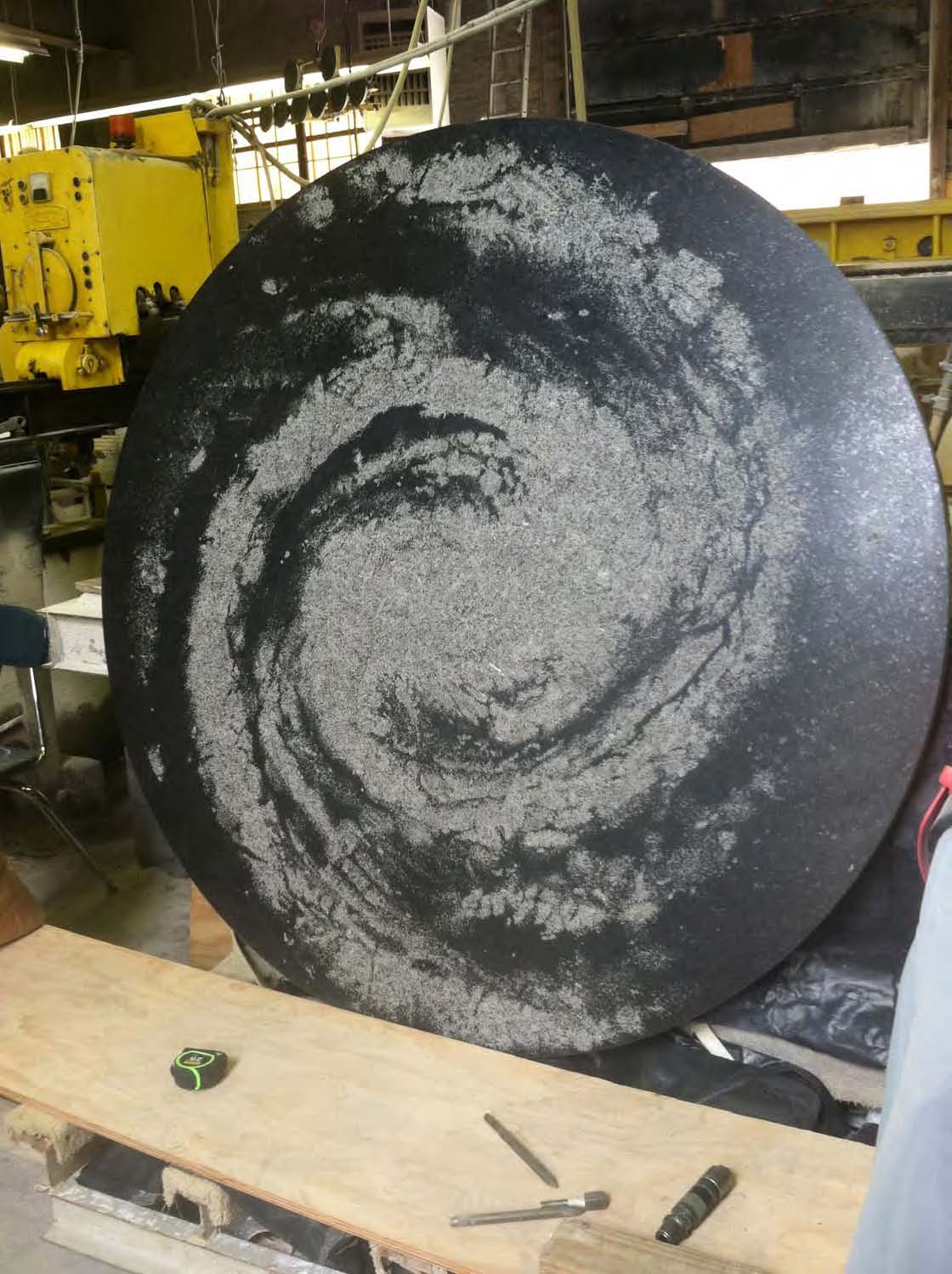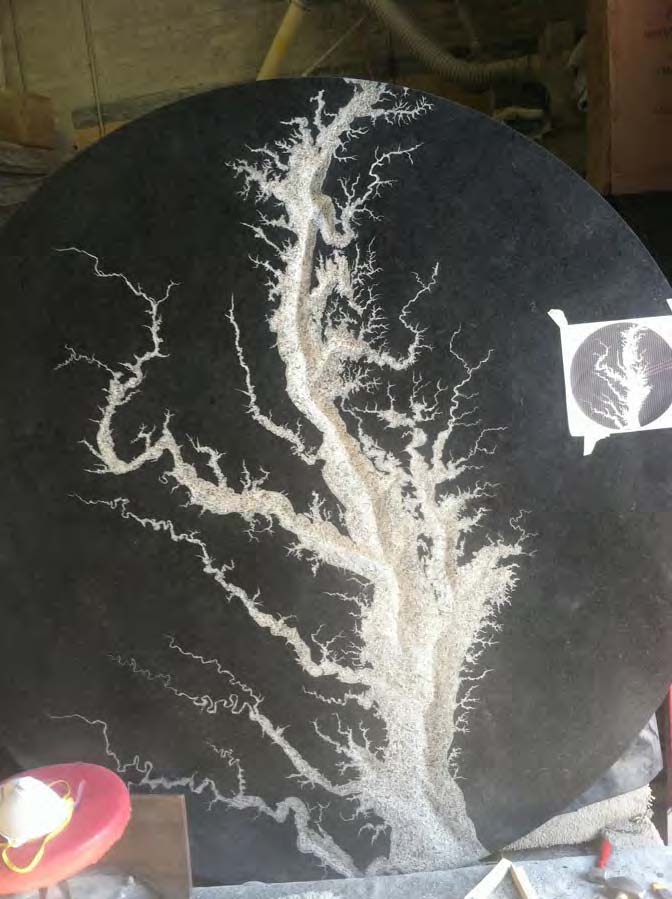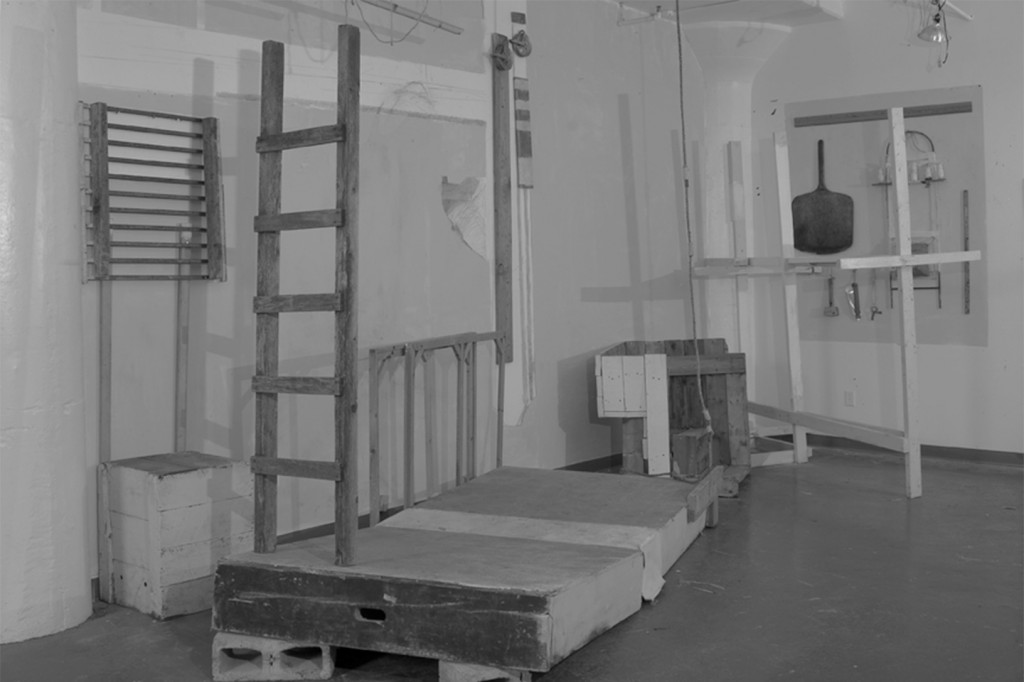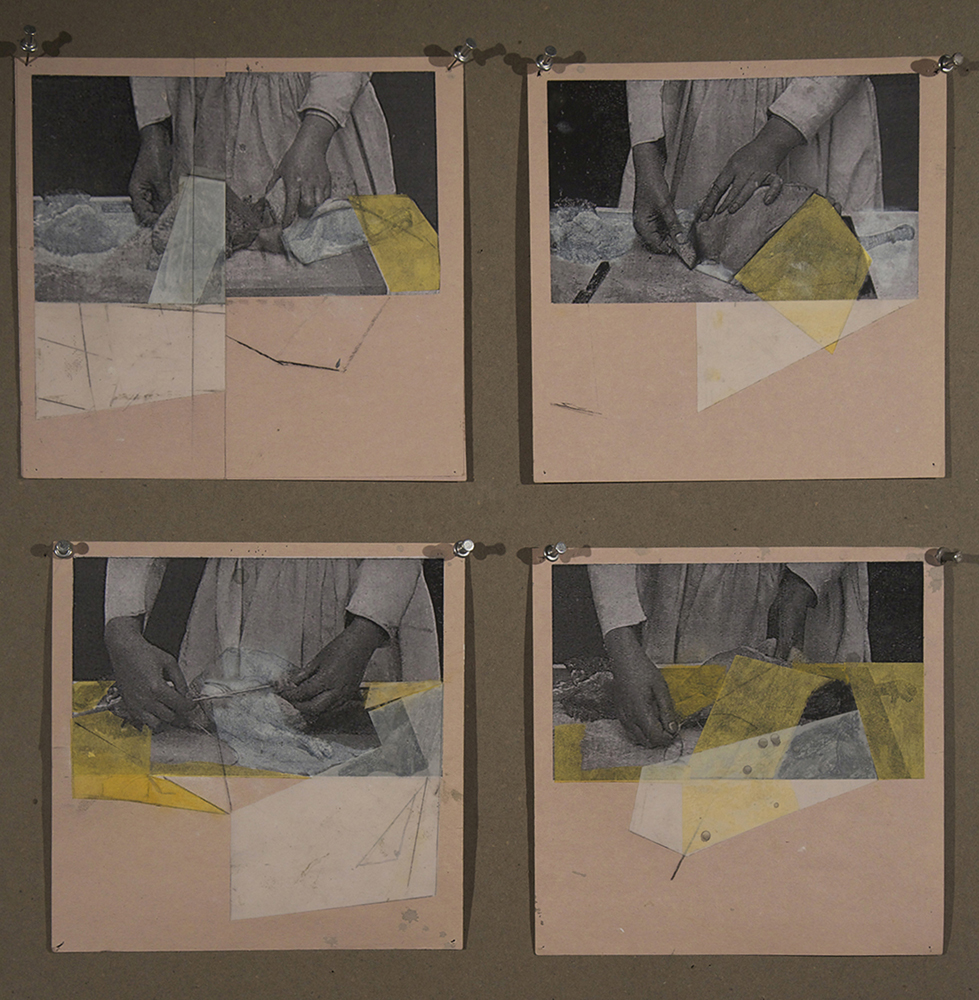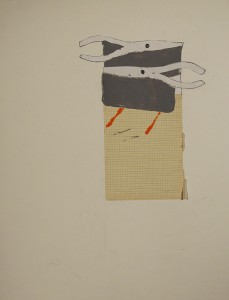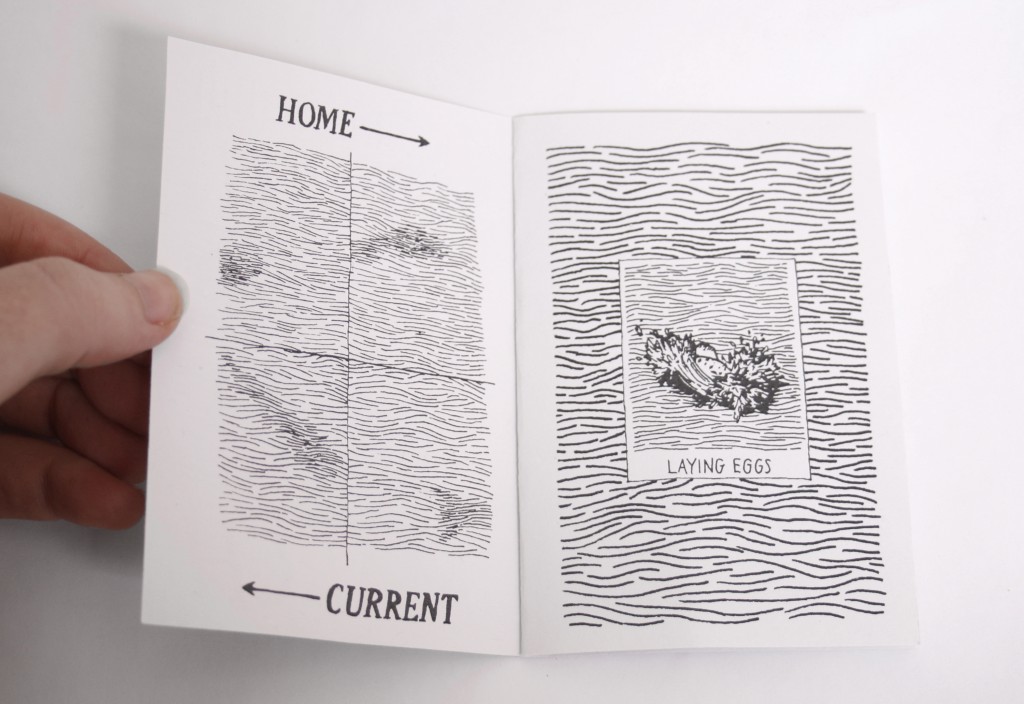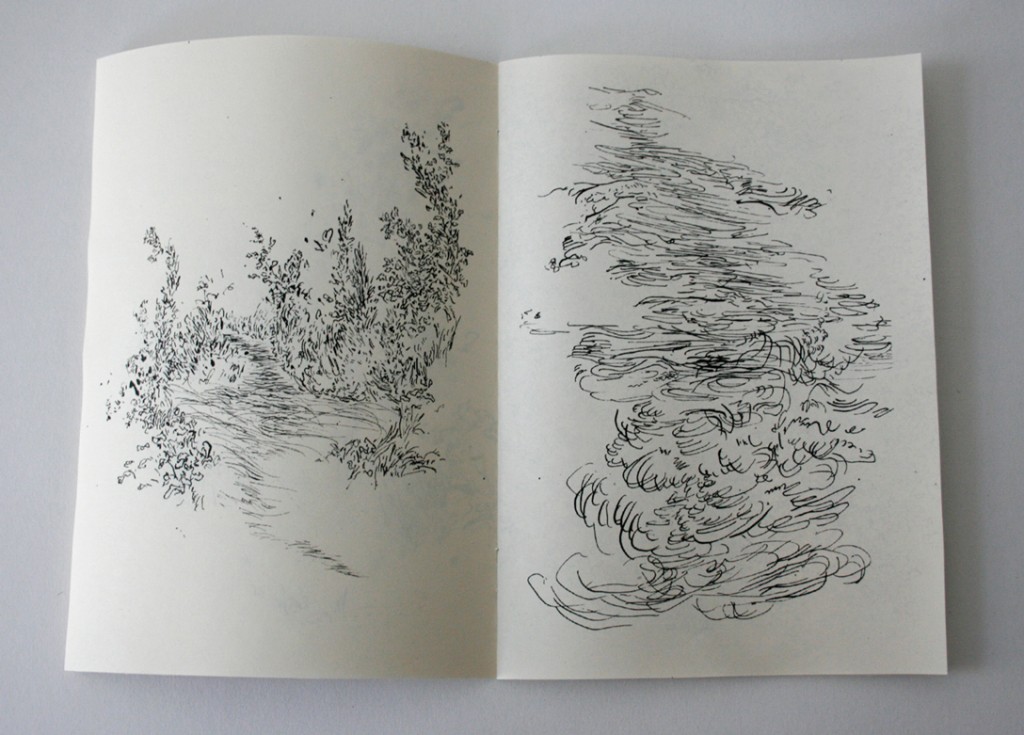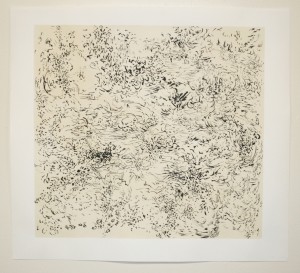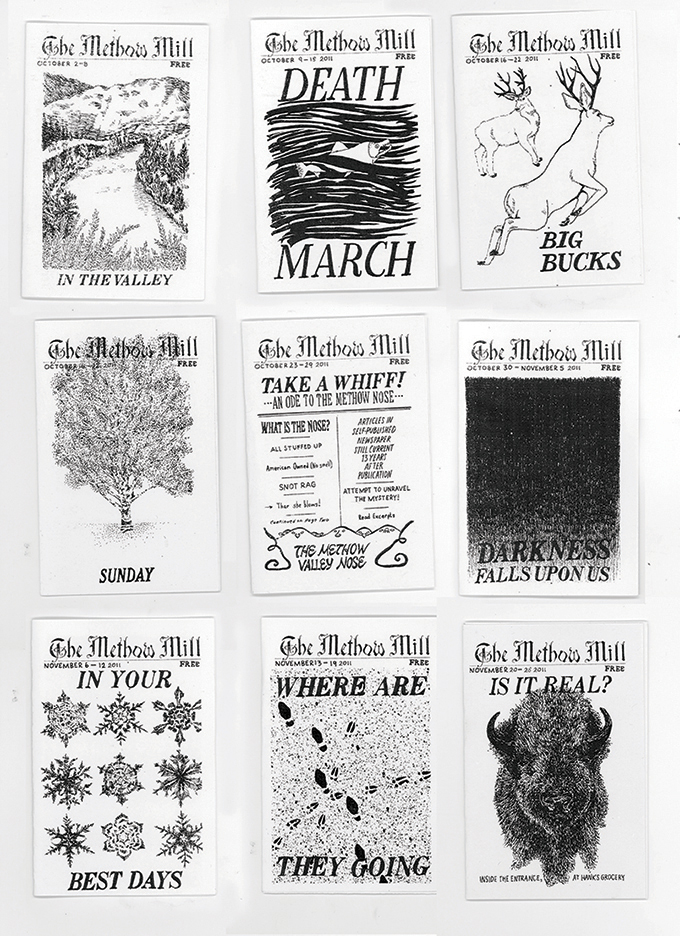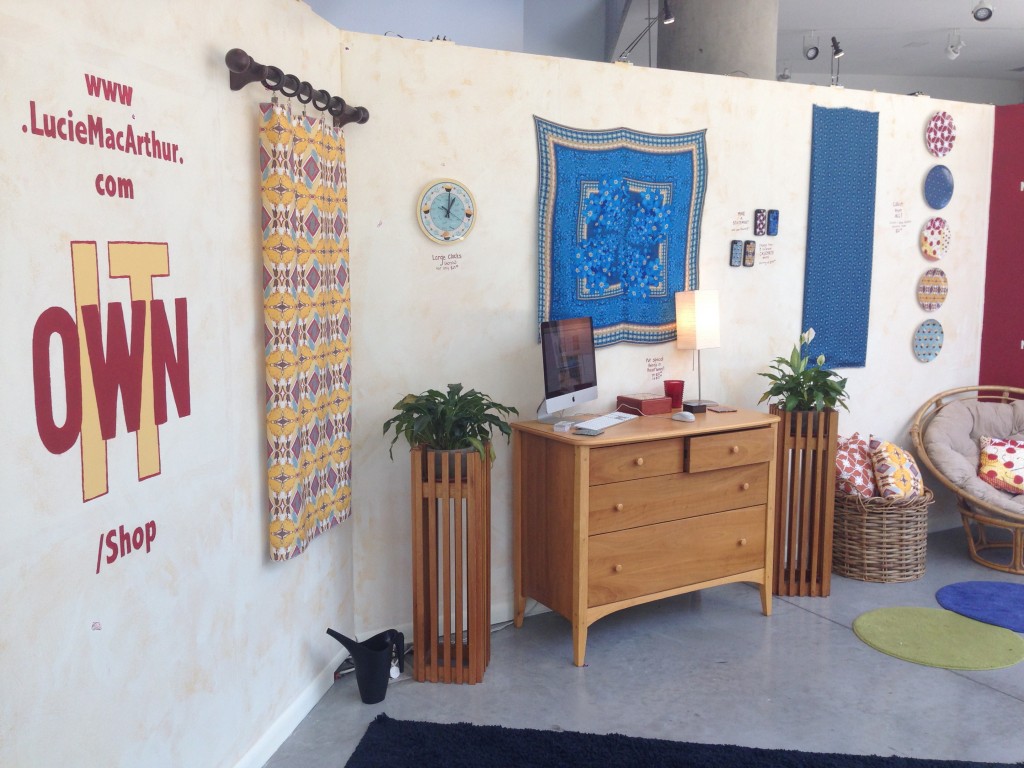This is the twenty-sixth in a series of interviews with each of the Sondheim Award Semifinalists. Kyle is one of seven finalists, whose work will be on exhibit at the Walters Art Museum June 21 to August 17; remaining semifinalists with be exhibited at the Decker, Meyerhoff and Pinkard Galleries at MICA July 17 to August 3, 2014.
Name: Kyle Tata
Age: 24
Website: www.kyletata.us
Current Location: Charles Village
Hometown: Baltimore,MD
School: Maryland Institute College of Art, BFA
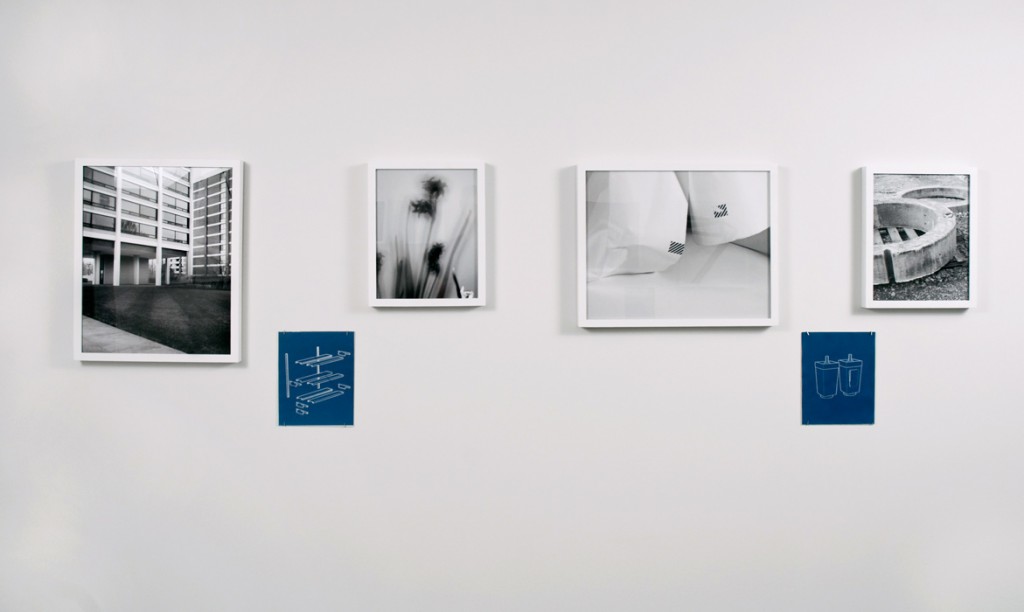
Current favorite artists or artwork: Too many to list… Constant all time favorites:Christopher Williams, Paul Sietsema, Joachim Koester, Jill Magid, Michael Asher, Allen Sekula, Dan Graham, Tom Burr, Lewis Baltz, James Welling. Artists I am currently really into: Carl Gunhouse, Daniel Shea, Christopher Rodriguez, Sam Falls, Alex De Corte. Some of my awesome friends from Baltimore that inspire me every day: James Bouché, John Bohl, Andrew Liang, Ryan Syrell, Ginevra Shay, Elle Perez, Val Karuskevich.
What is your day job? How do you manage balancing work with studio time with your life? I currently work part time as the photography instructor at Baltimore School for the Arts teaching high school classes in darkroom and digital photography, as well as a few other part time jobs. I am lucky to have a job that allows me to constantly think about art and photography. It is also great to be able to teach analog darkroom photography on a high school level to students who have never had the experience before of printing their own work in a darkroom. Film photography is such a great medium and I’m so thankful that Baltimore School for the Arts continues to have a functioning darkroom.
How would you describe your work, and your studio practice? My work is often conceptually based projects that result in a photographic series, sometimes the end product of that series will be a book, a photographic installation, or both. As of late I have been trying to create work that does not have a true end product but instead can simultaneously exist in many different formats. My photography recently has becoming more abstract but is based on specific materials that relate to 20th century Modernism and its relation to architecture. I am very interested in the role that abstraction plays in everyday domestic life.
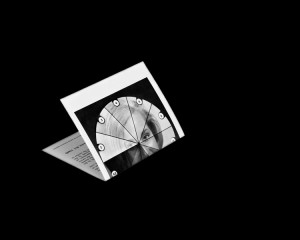
What part of artmaking to you like or enjoy the most? The least? I often get too caught up in theory and concept before I even start a piece and sometimes that hinders me from actually creating a physical object. The part I enjoy the most has to be the grey area after the series of work has transitioned from simply being an idea in my sketchbook to something that occupies real space but before the series is complete. I have a hard time finishing a series completely, I am constantly going back into past work and revising it.
What research do you do for your art practice? A lot of my projects deal with some sort of cultural history, so I do tend to do lot of time looking up specific historical events and topics in libraries and online before I actually start making a work. I consider artistic research to be a very important aspect of my practice.
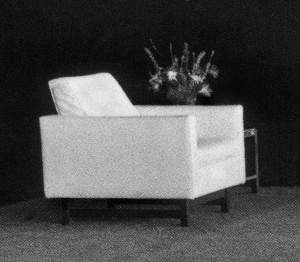
What books have you read lately you would recommend? Movies? Television? Music? I’ve recently read “Draw it with your Eyes Closed: The Art of the Art Assignment” and it definitely has made me think more critically about my approach as an art teacher. As for music, I’ve had the new St. Vincent and Future Islands albums in heavy rotation lately. I have an addiction to buying artist books and exhibition catalogues, I recently got Sara Cwynar’s Encyclopedia of Kitsch which is a fantastic photography/artist’s book with a completely unique design.
Do you ever get in creative dry spells, and if so, how do you get out of them? I feel that I constantly shift between phases of complete stagnation to periods of intense work and production. When I get in a dry spell I try to force myself simply work on anything to keep my hands busy even if that work doesn’t actually lead to a complete finish project, it helps me to start something new.
How do you challenge yourself in your work? Lately I’ve been trying to force myself to incorporate new media in my artwork and not simply continue a formula. My newest work is probably the least traditional photographic work that I’ve done in a long time and visually is much more aligned with abstract painting than straight forward photography. One of the hardest things to do as an artist is to constantly push your practice and not get not let the work become too predictable .
What is your dream project? I know this isn’t what is meant by this question, but lately I have been having dreams about making artwork that doesn’t actually exist in real life. It has been weird to visualize what artwork my subconscious wants to make compared to my actual work. Sometimes the work in the dreams is pretty close to real life but other times it has been really strange and unlike anything I’ve done before.










